Pontic Steppe
The ecoregion’s land area is provided in units of 1,000 hectares. The conservation target is the Global Safety Net (GSN1) area for the given ecoregion. The protection level indicates the percentage of the GSN goal that is currently protected on a scale of 0-10. N/A means data is not available at this time.
Bioregion: Pontic Steppe Grasslands (PA16)
Realm: Western Eurasia
Ecoregion Size (1000 ha):
99,629
Ecoregion ID:
735
Conservation Target:
11%
Protection Level:
4
States: Russia, Ukraine, Kazakhstan, Romania, Moldova, Bulgaria
Major landmarks in human history took place amongst the vast, windswept grasslands of Pontic Steppe. Thought to be the birthplace of Indo-European languages and the domesticated horse, this landscape is still permeated by historical features; centuries-old burial mounds called kurgans rise above the plains, forming islands of preserved steppe flora. Where the Danube River meets the Black Sea, a magnificent wetland flourishes. The Danube Delta is a World Heritage Site, and is one of the last refuges for European otter, monk seal, and the critically endangered European mink.
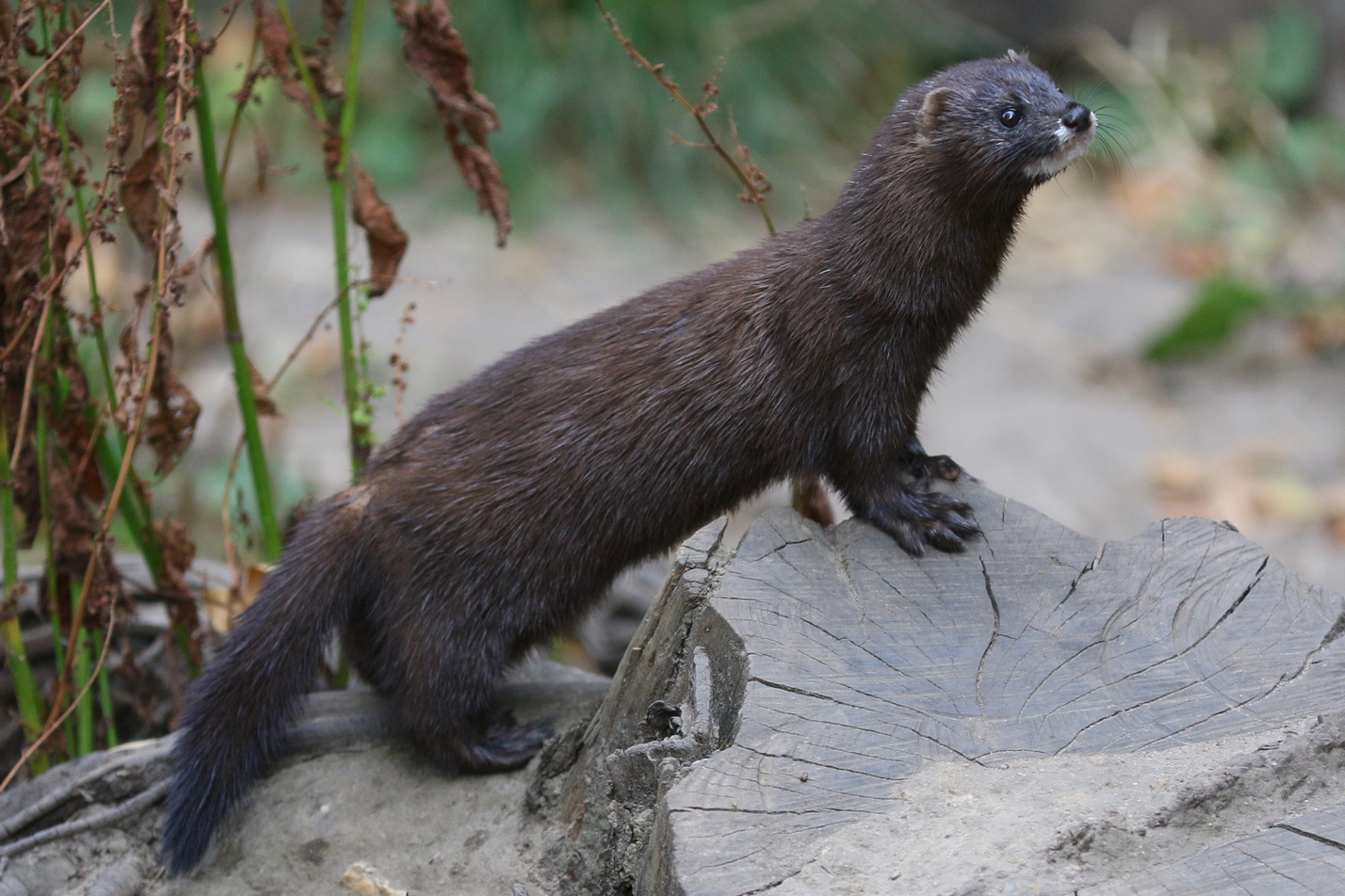
The flagship species of the Pontic Steppe ecoregion is the European mink. Image credit: Courtesy of Zoofanatic, Flickr
The Pontic Steppe arises in the northeasternmost corner of Bulgaria, extending across Southeast Romania, Southeast Moldova, Southeast Ukraine, through Russia, and into Northwest Kazakhstan. At its Southern limits, the ecoregion touches the shorelines of both the Black and Caspian Seas. A temperate climate with appreciable winter rain generates characteristic European steppe vegetation; feather grasses and fescues are peppered with sages and colorful spring ephemerals. Countless lakes, channels, and islands form a labyrinth of water and land at the Danube Delta in Romania, which hosts the widest area of compact reeds in the world.
Burrowing small mammals include the speckled ground squirrel, the endemic sandy blind mole rat, and the near-endemic giant mole rat and greater blind mole rat. These are vital for the region’s biodiversity, as mounds and burrows increase habitat for animals and boost soil fertility; this ensures enough food grows for wild grazers, including the critically endangered Saiga antelope. Rodent and ungulate carrion support predators such as red fox, steppe eagle, and saker falcon. The greatest wealth of diversity can be found at the Danube Delta, known for its extraordinary birdlife; it is home to glossy ibis, purple heron, and the largest population of great white pelicans in Europe.
Steppes have traditionally been utilized for nomadic pastoralism, with key livestock species being sheep, goats, and cattle. Agriculture is now widespread, largely for wheat and other grains. As a result, steppe flora has been destroyed more than any other type of zonal vegetation in Europe, with pristine habitat remaining only in regions unsuitable for crops, such as ravines or kurgans.
The majority of Pontic steppe occurs in Russia, where it is the country’s least protected biome; only Orenburg Nature Reserve and Pribaikal National Park offer protection. Conversely, the Danube Delta has multiple facets of protection. It is a Biosphere Reserve, which includes four Ramsar Wetland sites, as well as being a Special Bird Area.
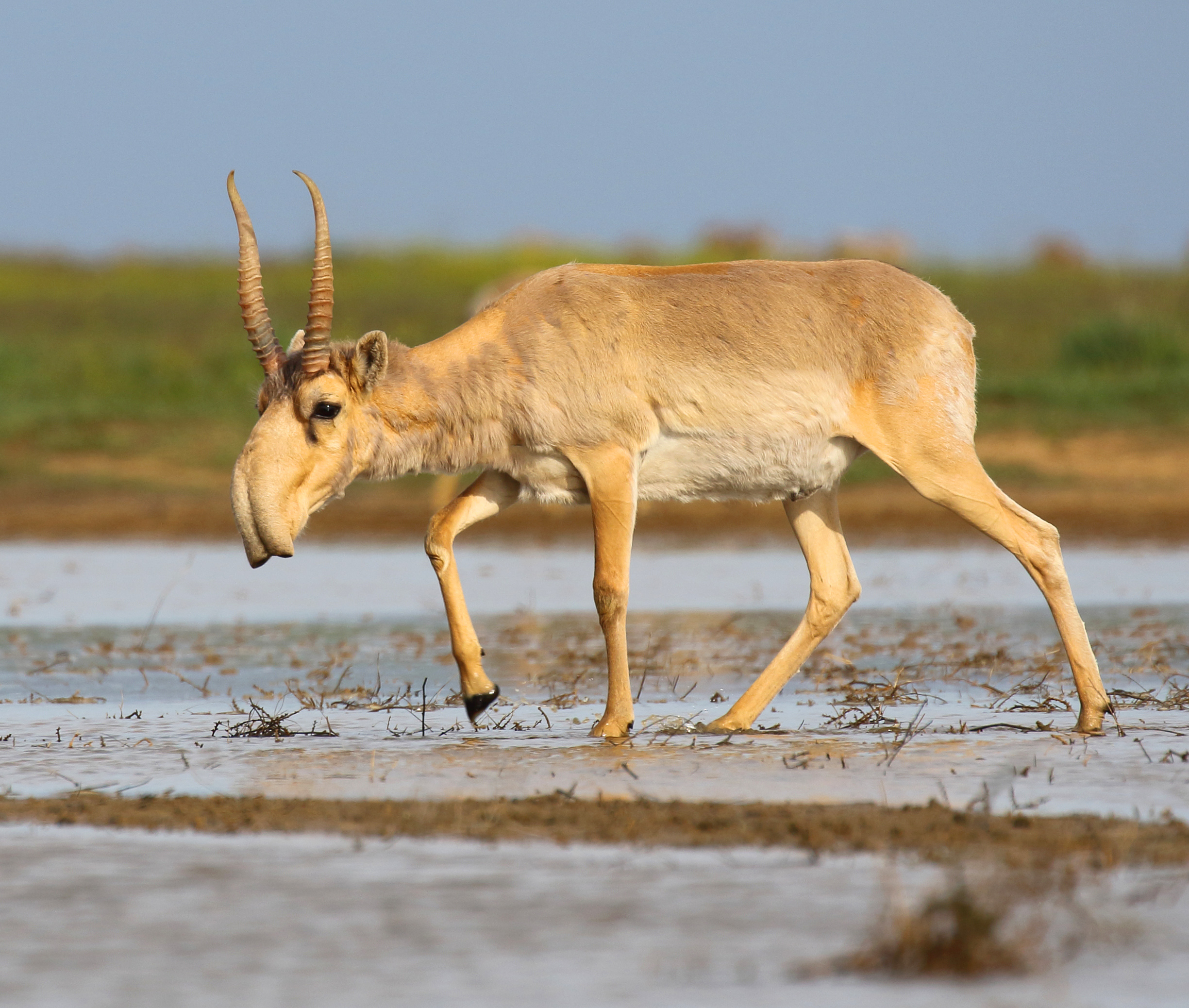
Saiga antelope. Image credit: Andrey Giljov, Creative Commons
The most important threat to the Pontic Steppe is widespread conversion to cropland, accounting for 35% of total land area. Attempts to enhance agricultural production have included shelterbelt afforestation and irrigation,ii processes which have degraded the natural landscape. In Ukraine, non-native Russian olive planted as a windbreak tree has spread invasively, hindering the regeneration of steppe vegetation.
As a historical feature of the grasslands, grazing is a disturbance only where its intensity has increased, or where it has been abandoned; the latter case results in the overgrowth of brushwoods, and an increase in the chances of fires due to the accumulation of dry grass. Management plans focus on the promotion of good agricultural practices, investment to increase public awareness of conservation issues, and, in Ukraine, plans to expand an interconnected network of protected areas.
In the Danube Delta, electric fishing and dam construction endanger fish populations. Although the Danube Delta National Institute for Research and Development seeks to ensure management is founded in sound scientific knowledge, efforts can still be misplaced, and there is weak legal enforcement.
The priority conservation actions for the next decade will be to: 1) increase the number and interconnectivity of protected areas, particularly in Russia; 2) enhance monitoring and inventory taking of steppe species; and 3) enforce appropriate steppe management, including bans on afforestation and regulation of grazing.
Citations
- Wesche, K., Ambarlı, D., Kamp, J., Török, P., Treiber, J. and Dengler, J., 2016. The Palaearctic steppe biome: a new synthesis. Biodiversity and conservation, 25(12), pp.2197-2231.
- Strategy and Executive Plan for the Conservation of Biodiversity within the Russian Federation. (2014). Moscow, Russian Federation.
- UNESCO Ecological Sciences for Sustainable Development. The Danube Delta. [Online]. [Accessed 29th April 2019]. Available from: http://www.unesco.org/new/en/natural-sciences/environment/ecological-sciences/biosphere-reserves/europe-north-america/romaniaukraine/danube-delta/
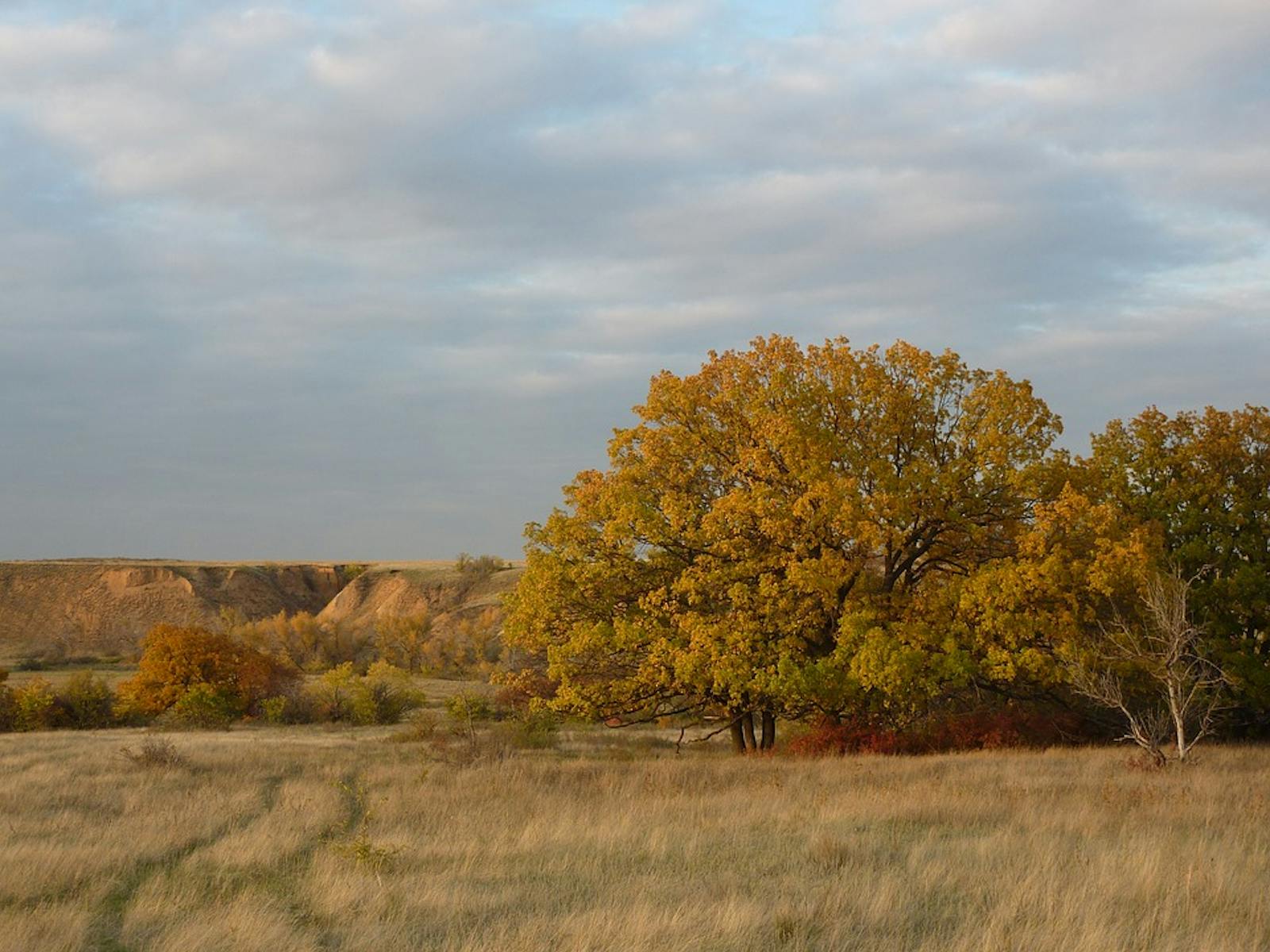
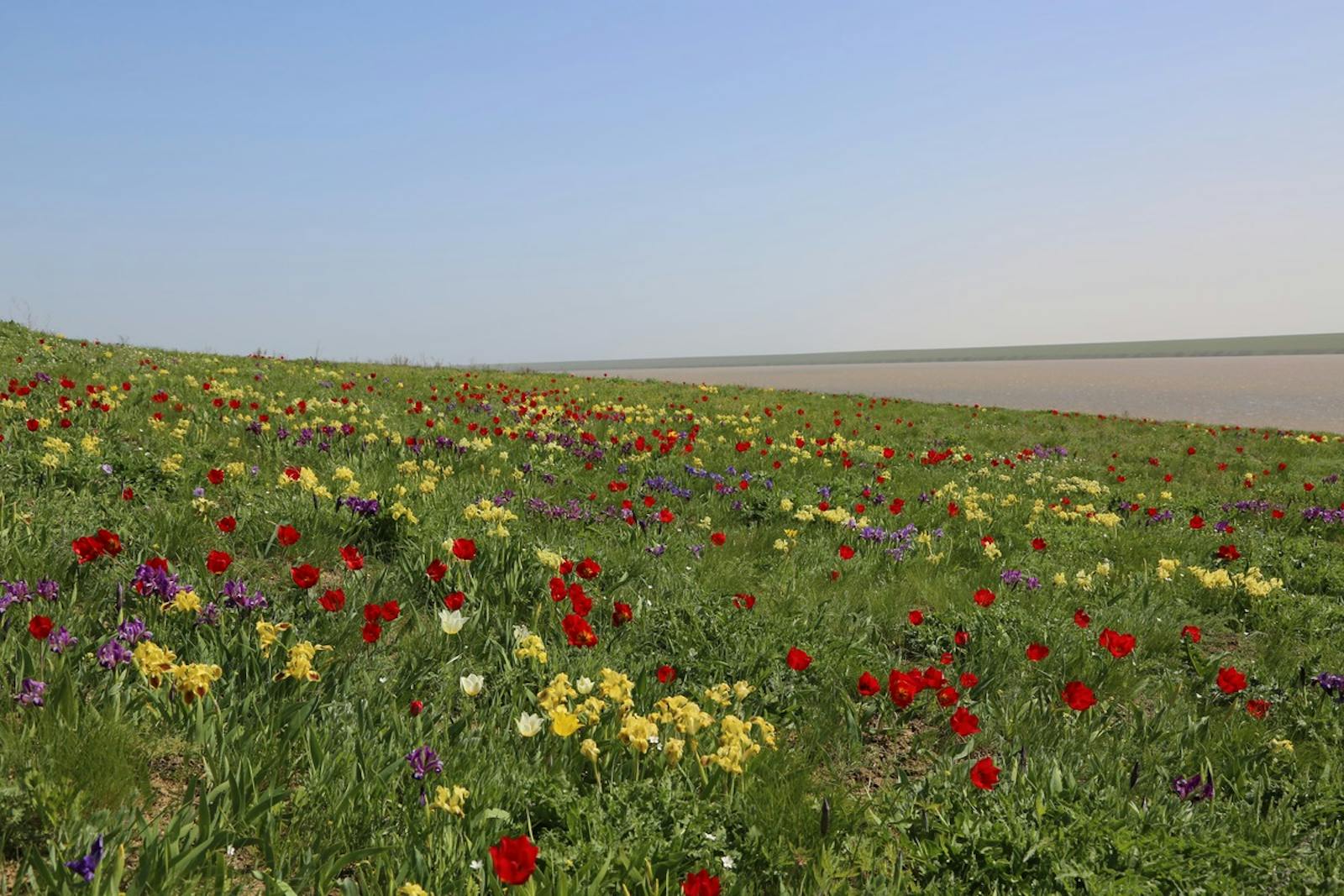
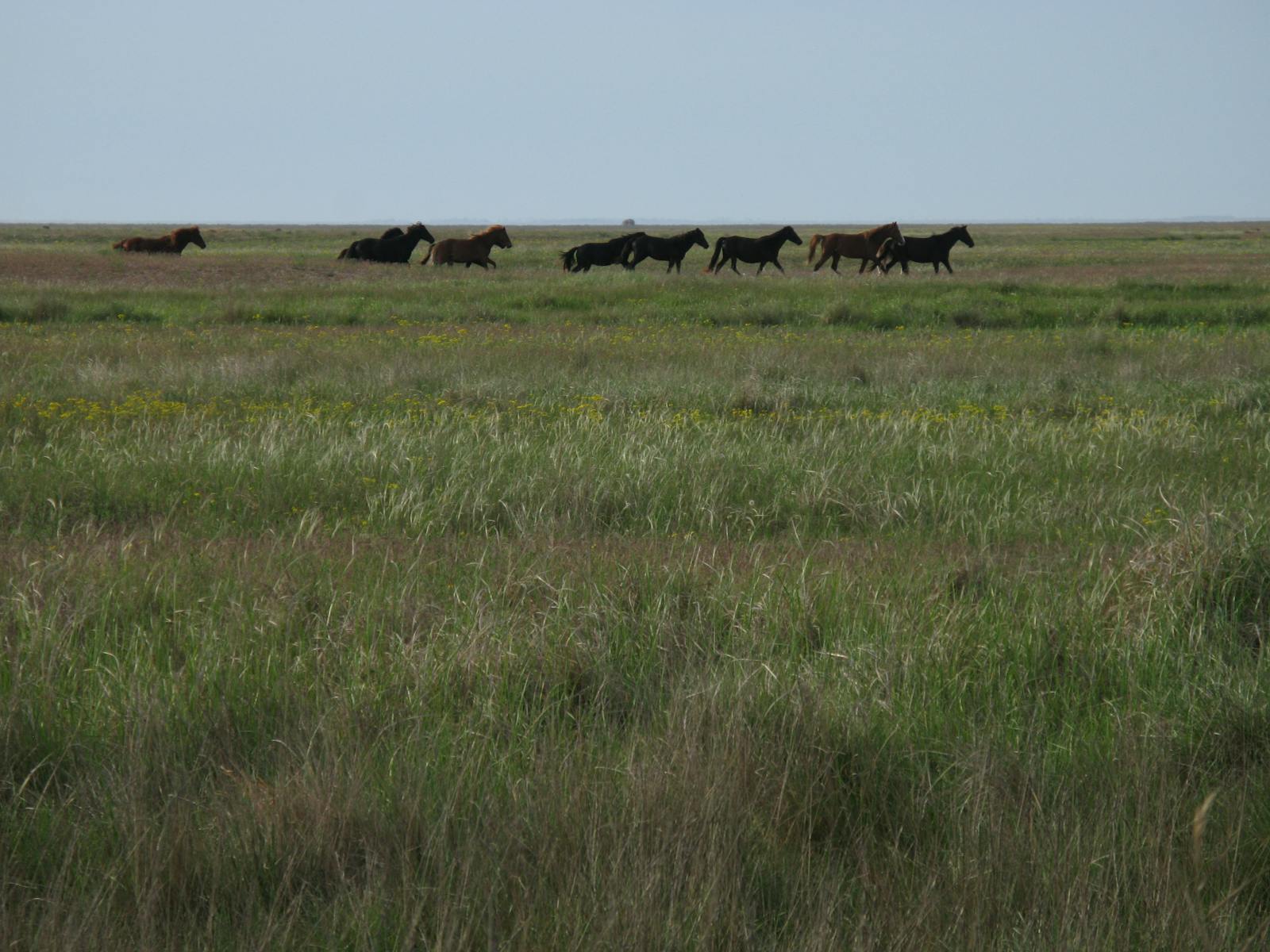
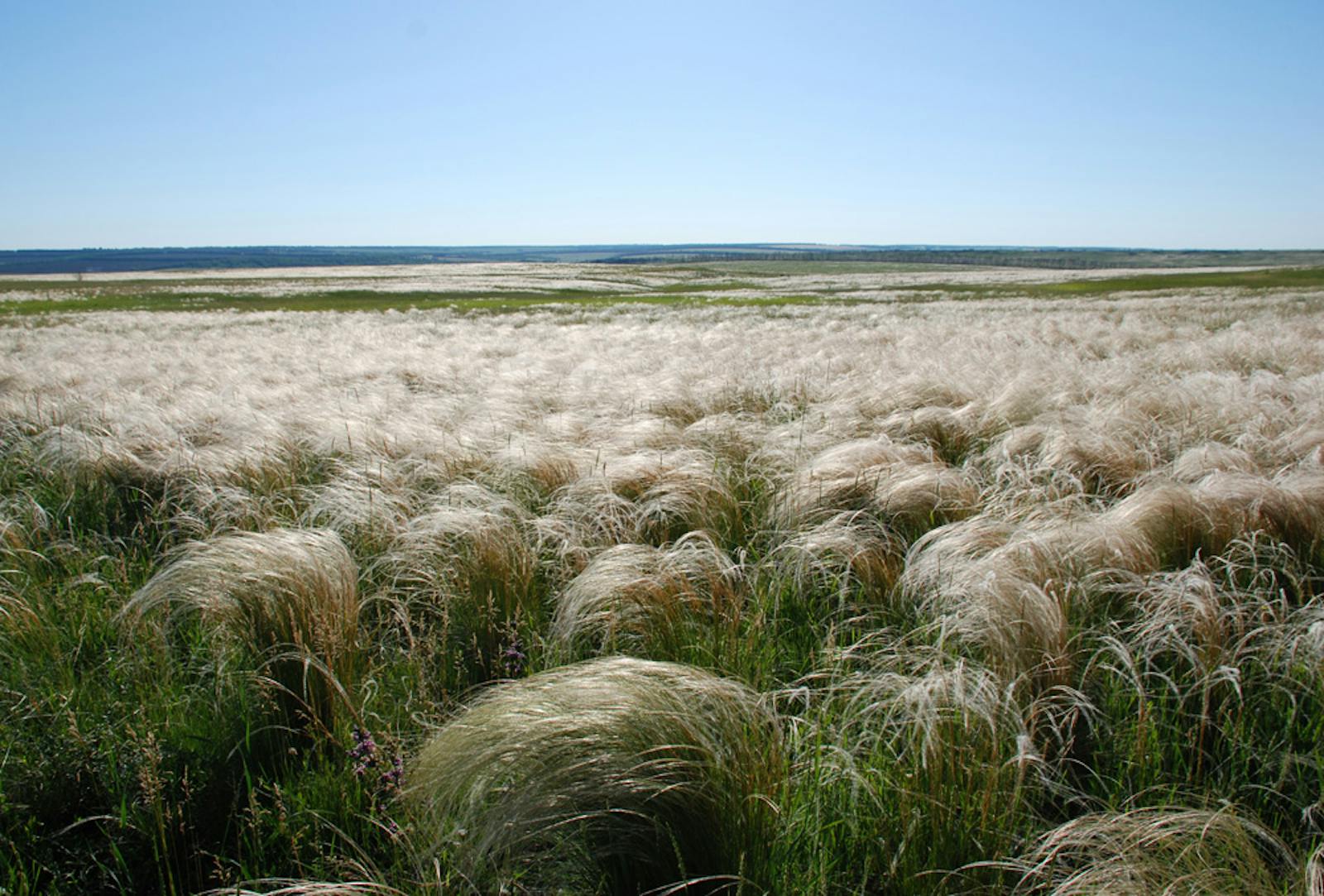
.png?auto=compress%2Cformat&w=300)

